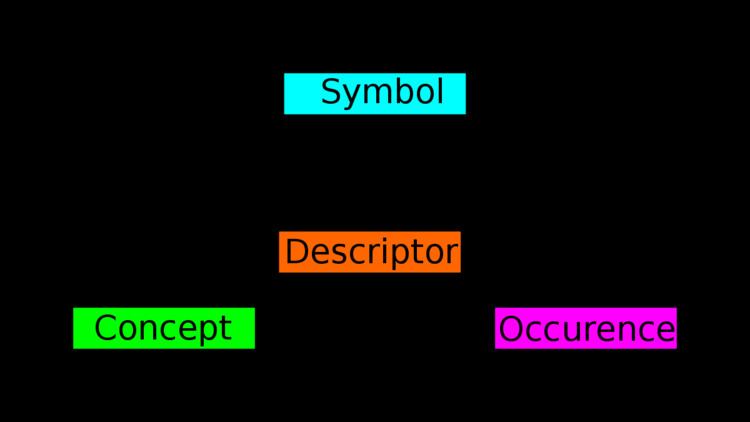 | ||
A metamodel or surrogate model is a model of a model, and metamodeling is the process of generating such metamodels. Thus metamodeling or meta-modeling is the analysis, construction and development of the frames, rules, constraints, models and theories applicable and useful for modeling a predefined class of problems. As its name implies, this concept applies the notions of meta- and modeling in software engineering and systems engineering. Metamodels are of many types and have diverse applications. A thorough discussion is presented in the following text.
Contents
Overview
A metamodel or surrogate model is a model of the model, i.e. a simplified model of an actual model of a circuit, system, or software like entity. Metamodel can be a mathematical relation or algorithm representing input and output relations. A model is an abstraction of phenomena in the real world; a metamodel is yet another abstraction, highlighting properties of the model itself. A model conforms to its metamodel in the way that a computer program conforms to the grammar of the programming language in which it is written. Various types of metamodels include polynomial equations, neural network, Kriging, etc. "Metamodeling" is the construction of a collection of "concepts" (things, terms, etc.) within a certain domain. Metamodeling typically involves studying the output and input relationships and then fitting right metamodels to represent that behavior.
Common uses for metamodels are:
Because of the "meta" character of metamodeling, both the praxis and theory of metamodels are of relevance to metascience, metaphilosophy, metatheories and systemics, and meta-consciousness. The concept can be useful in mathematics, and has practical applications in computer science and computer engineering/software engineering. The latter are the main focus of this article.
Definition
In software engineering, the use of models is more and more recommended. This should be contrasted with the classical code-based development techniques. A model always conforms to a unique metamodel. One of the currently most active branch of Model Driven Engineering is the approach named model-driven architecture proposed by OMG. This approach is based on the utilization of a language to write metamodels called the Meta Object Facility or MOF. Typical metamodels proposed by OMG are UML, SysML, SPEM or CWM. ISO has also published the standard metamodel ISO/IEC 24744. All the languages presented below could be defined as MOF metamodels.
Metadata modeling
Metadata modeling is a type of metamodeling used in software engineering and systems engineering for the analysis and construction of models applicable and useful to some predefined class of problems. (see also: data modeling).
Model transformations
One important move in Model Driven Engineering is the systematic use of Model Transformation Languages. The OMG has proposed a standard for this called QVT for Queries/Views/Transformations. QVT is based on the Meta-Object Facility or MOF. Among many other Model Transformation Languages (MTLs), some examples of implementations of this standard are AndroMDA, VIATRA, Tefkat, MT, ManyDesigns Portofino.
Relationship to ontologies
Meta-models are closely related to ontologies. Both are often used to describe and analyze the relations between concepts
Types of metamodels
For software engineering, several types of models (and their corresponding modeling activities) can be distinguished:
Zoos of metamodels
A library of similar metamodels has been called a Zoo of metamodels. There are several types of meta-model zoos. Some are expressed in ECore. Others are written in MOF 1.4 - XMI 1.2. The metamodels expressed in UML-XMI1.2 may be uploaded in Poseidon for UML, a UML CASE tool.
